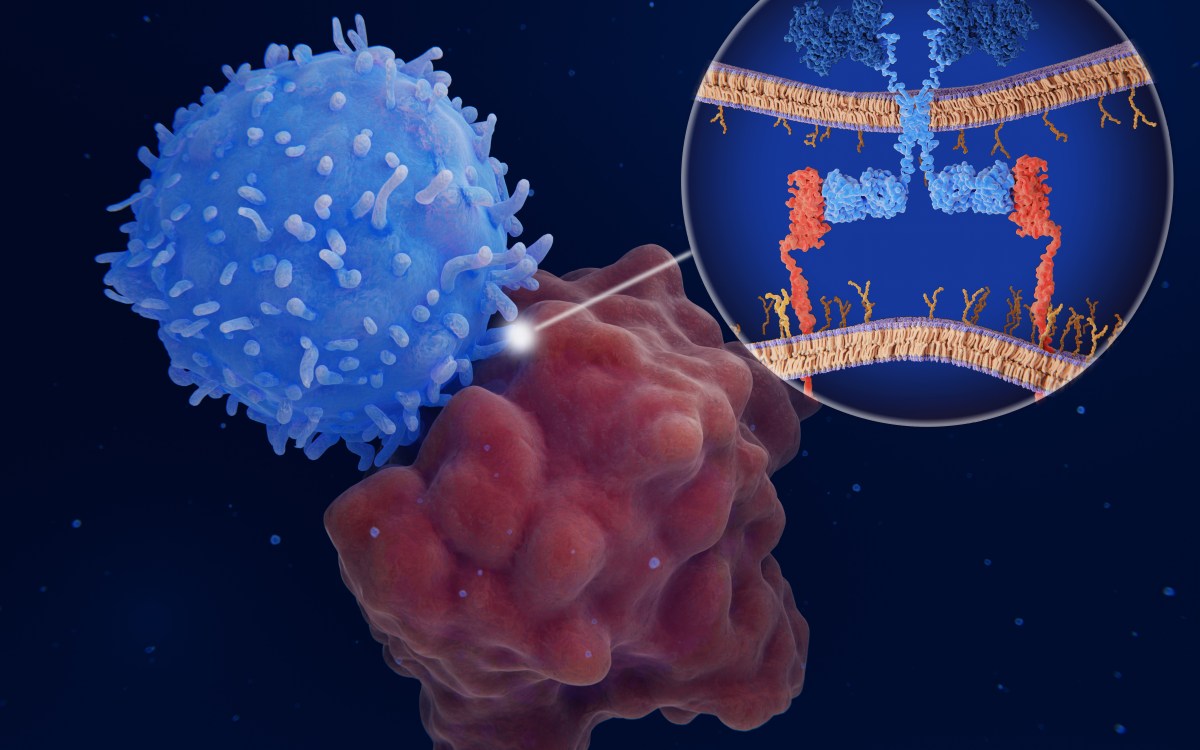AIDS at 30: Hard lessons and hope
Thirty years after the first official reports about HIV/AIDS, we look back on the human devastation and forward to a changed social landscape. The infection has killed more people so far than has any other discrete epidemic, except for the Great Influenza pandemic of 1918–1919 and the Black Death of the Middle Ages. It has destroyed individuals, families, and societies. Yet HIV/AIDS has also raised public health to new levels of science, conscience, and innovation. Review editor Madeline Drexler asked distinguished Harvard School of Public Health faculty and alumni where the epidemic has taken us and where it is headed.
Q: HIV/AIDS has been one of the most catastrophic epidemics in all of history. Despite this tragic human toll, are there ways in which HIV/AIDS changed public health for the better?
Fineberg: Yes, because it was the beginning of a new understanding of global health—a commonality of risk and burden. The U.S. as a wealthy country and Uganda as a developing country: both faced the same disease problem, though in different ways. At the World Health Organization, Jonathan Mann, who would later join the School as founding director of the FXB Center, also helped define a new way of thinking about public health. He tried desperately to mobilize the world, awaken the world, to this looming disaster. He repeatedly described the inseparable nature of health and human rights.
Follow story link to read full Q&A.





